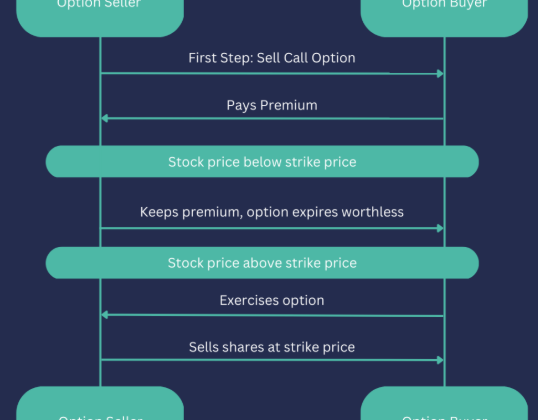
When it comes to commercial real estate investments, one of the most valuable tools available to investors is the 1031 Exchange. This transaction allows real estate owners to defer capital gains taxes on the profitable sale of a property, as long as the proceeds are reinvested into a like-kind property. Many real estate deals are done through Limited Liability Companies (LLCs), but the question often arises: can an LLC do a 1031 Exchange? In this post, we will break down how 1031 Exchanges work with LLCs, and outline key strategies for investors looking to navigate these transactions.
What Is a 1031 Exchange?
A 1031 Exchange is a tax strategy that allows investors to defer paying capital gains taxes on the sale of an investment property by reinvesting the sale proceeds into another like-kind property. This exchange must meet certain requirements laid out by the IRS, including:
- The investor must identify a replacement property within 45 days of the sale.
- The replacement property must be purchased within 180 days.
- The entire sales proceeds must be reinvested into a property of equal or greater value.
The key point here is that both the relinquished property (the property being sold) and the replacement property must be titled in the same name. This is where LLCs can pose some challenges.
Can an LLC Do a 1031 Exchange?
A Limited Liability Company (LLC) is a business structure that offers the legal protections of a corporation while providing the tax benefits of a partnership. In real estate, an LLC is often used to hold property, and investors may own shares in the LLC based on their ownership interests. However, when it comes to completing a 1031 Exchange with an LLC, the major concern is ensuring that both the relinquished and replacement properties are titled in the same way.
- Single-Member LLCs: If the LLC has only one member, the process is straightforward. The LLC can perform a 1031 Exchange with little complication, as the property is owned by a single individual.
- Multi-Member LLCs: In a multi-member LLC, things become more complex. All members must agree to proceed with the 1031 Exchange for it to be valid. If some members want to exit the investment without participating in the exchange, it can create issues with the titling requirement.
How to Handle Multi-Member LLCs in a 1031 Exchange
For multi-member LLCs, completing a 1031 Exchange becomes more challenging. However, there are strategies to work around these challenges and ensure compliance with IRS rules. Below are three common strategies used by LLCs to complete a 1031 Exchange:
1. The Drop and Swap
The drop and swap strategy involves the partnership first distributing the property to each member as tenants-in-common (TIC). Once the property is distributed, individual investors own fractional interests in the property rather than shares in an LLC. This separation allows each member to either pursue their own 1031 Exchange or cash out. This strategy works well when some members do not wish to participate in the exchange.
2. Exchange Post-Distribution (Swap and Drop)
In the swap and drop strategy, the property is distributed to each partner based on their share of ownership, and the partnership is dissolved. After the distribution, the partners can choose to sell the property and complete the 1031 Exchange individually, with the help of a qualified intermediary. This strategy provides flexibility while still allowing for tax deferral.
3. Exchange Pre-Distribution
If all members agree to complete the 1031 Exchange, but they can’t agree on which property to acquire, the pre-distribution exchange allows the partnership to enter into a 1031 Exchange transaction as a group. After the exchange is completed, the properties are distributed among the members, who can choose to keep or sell their shares.
Working with Experts
A 1031 Exchange in an LLC, especially with multiple members, can be complex and requires careful planning. To ensure the transaction meets all IRS requirements, it is highly recommended to work with experts:
- Qualified Intermediaries: These professionals are crucial in facilitating the 1031 Exchange process. They ensure that the exchange meets IRS guidelines and that no rules are violated.
- CPAs and Tax Advisors: A CPA can provide guidance on the tax implications of the exchange, help structure the deal, and assess the broader tax impact on the investor’s returns.
By consulting with these professionals, investors can navigate the complexities of a 1031 Exchange and potentially avoid costly mistakes.
Conclusion
A 1031 Exchange is a powerful tool for deferring capital gains taxes, and LLCs can participate in these exchanges. While a single-member LLC can complete the process with relative ease, multi-member LLCs require more coordination among investors. By using strategies like the drop and swap, swap and drop, or pre-distribution exchange, investors can still take advantage of the tax deferral benefits. Always consult with experienced professionals to ensure the exchange is structured properly and within IRS guidelines.
















